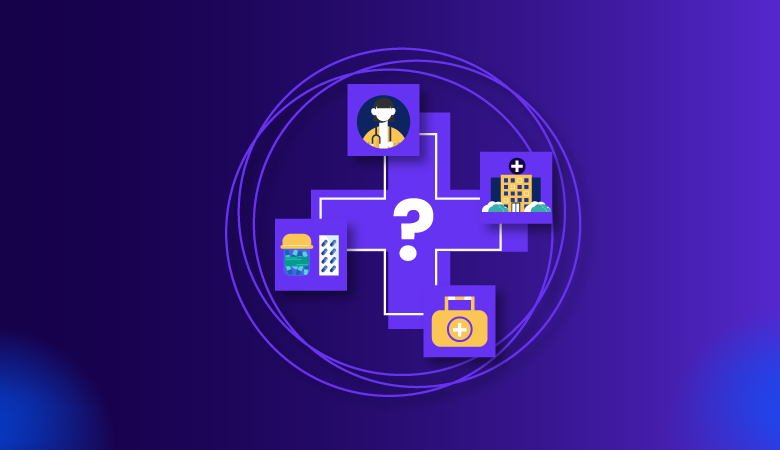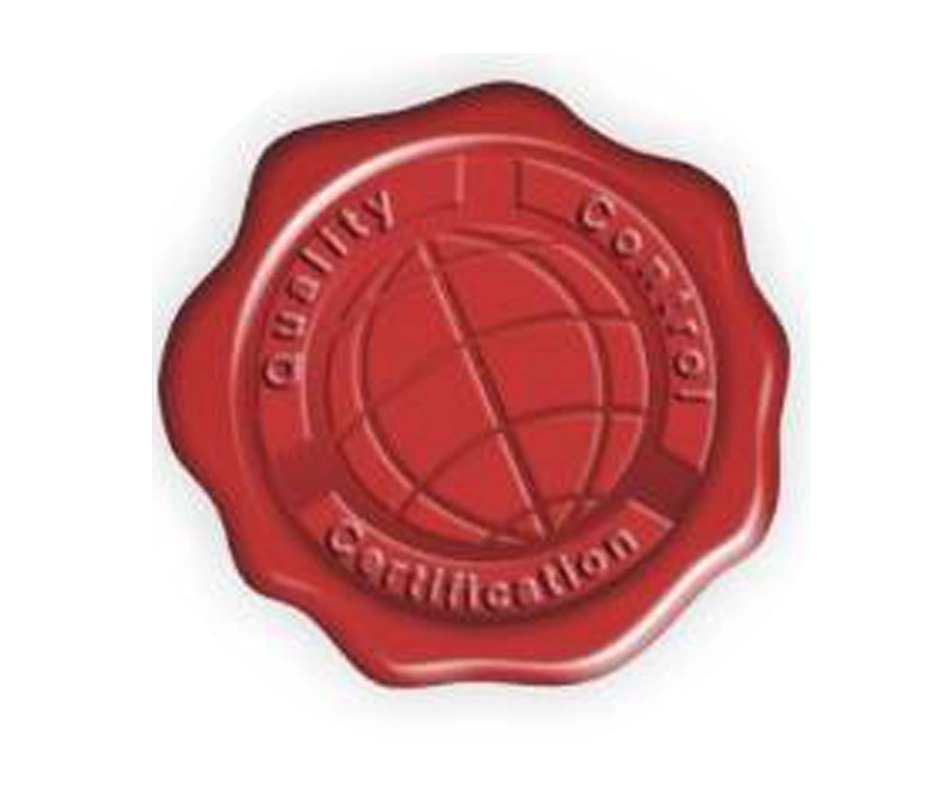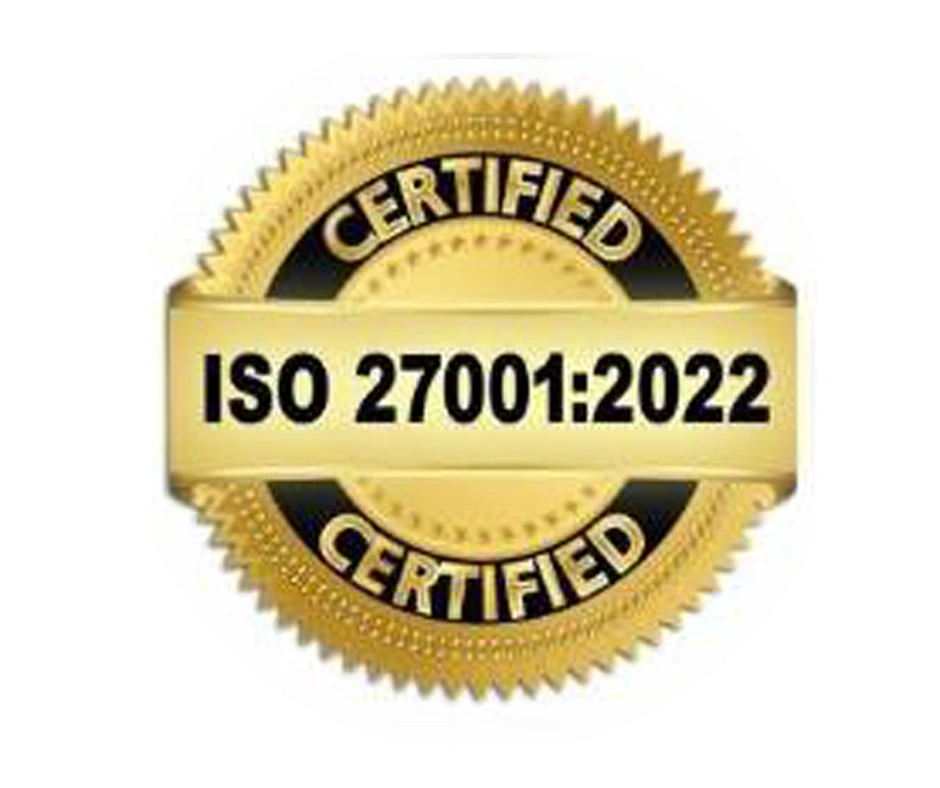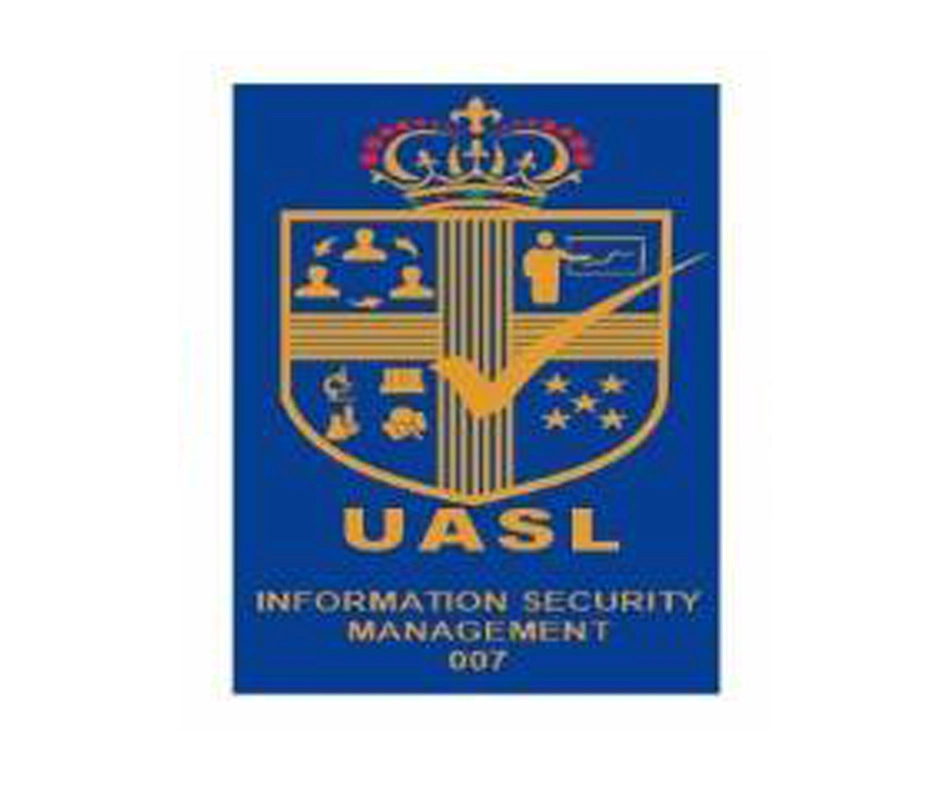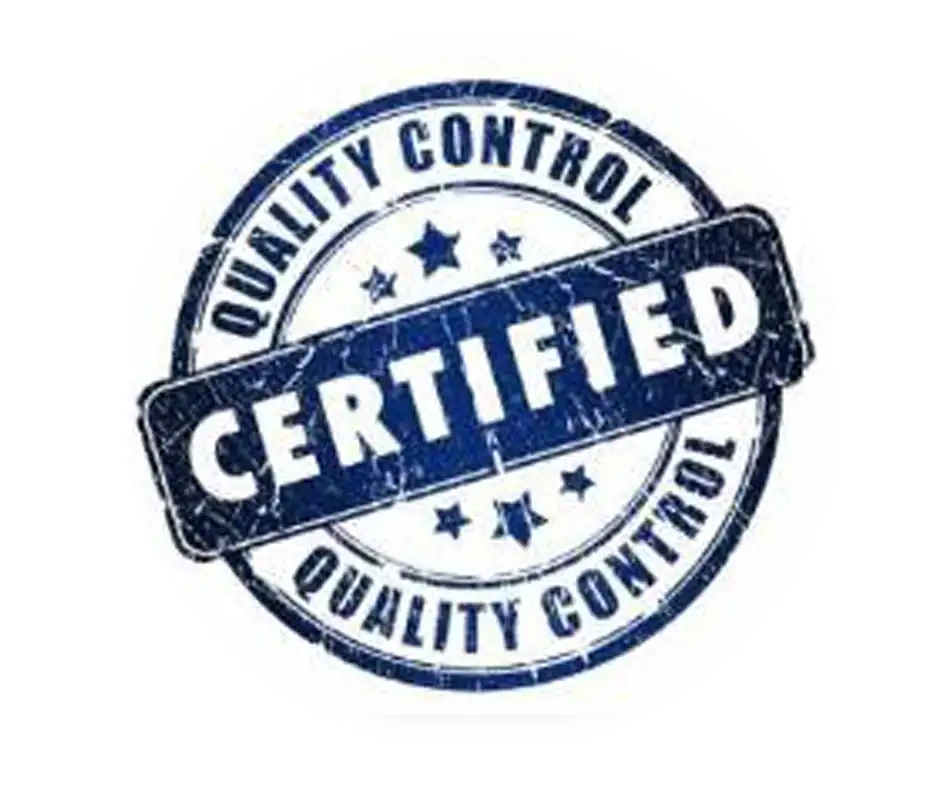Whether you’re a physician, hospital administrator, or software developer, understanding how HL7 and FHIR are interconnected is essential for improving the delivery of quality patient care. In this guide, you will dive into the basics of both healthcare standards to gain insight into their connection and implications in the healthcare space.
What is HL7?
HL7 stands for Health Level 7, a set of international standards for organizing and exchanging medical data between healthcare organizations. Organizations that use HL7 benefit from improved data accuracy and faster workflows because the HL7 format helps normalize data entry and communication. It ultimately leads to more reliable patient outcomes.
How Does HL7 Work?
HL7 works by creating messages that are exchanged between systems within a healthcare setting. Each message is broken down into segments containing all the necessary information to create a complete message. After each segment is sent, all pieces are reassembled in an organized manner that can then be understood and followed by the recipients.
HL7 message types vary depending on the type of information exchanged. A few common message types include ADT (admission, discharge, and transfer), ORM (Order Message), and MDM (Medical Documentation).
Each message type contains different types of data that help facilitate communication between two systems. For example, ADT messages include patient demographics, financial information, insurance details, and more, whereas an ORM message would contain orders for medications or lab tests placed by a physician.
What is FHIR?
FHIR, short for Fast Healthcare Interoperability Resources, is the newest set of standards for exchanging healthcare information. It is an open, standards-based data format that allows for the exchange and storage of electronic healthcare records.
FHIR supports machine-readable interaction with other systems and provides a way to incorporate data from multiple sources into one unified resource. This kind of data sharing helps organizations deliver more informed care by giving healthcare professionals access to highly detailed patient information.
How Does FHIR Work?
FHIR systems contain three major components to correctly and securely transfer data. These components include a repository, an application programming interface (API), and a messaging framework.
The repository stores data so that to utilize it across different systems. The FHIR API is the layer that offers communication between two connected applications or pieces of software. Lastly, the messaging framework sends notifications when data needs to be transferred and updated.
As mentioned, FHIR servers help facilitate secure data interchange between different healthcare systems. For example, an FHIR system can detect when the data sent or received changes in a local system and send out an alert to other connected healthcare systems.
It ensures that all connected systems are up-to-date with the latest information. Similarly, if new updates need to be shared across multiple locations, FHIR can easily share them over a remote connection.
How Does FHIR Impact Healthcare?
FHIR offers many benefits for healthcare organizations and their patients. These include improved interoperability across systems, access to real-time data, greater patient engagement, and cost savings.
Additionally, FHIR is designed to be secure and compliant with healthcare security protocols. It ensures that patient information is safe while being exchanged between systems.
How Does FHIR Interacts With Other Standards?
FHIR is designed for compatibility with other healthcare standards, including HL7 v2, HL7 v3, and CDA. By enabling semantic interoperability across all of these standards, clinicians can ensure that data is accurately represented and exchanged between systems.
Additionally, FHIR provides additional user-defined fields that allow healthcare organizations to tailor their data exchange to their specific needs.
How are HL7 and FHIR Inter-Connected?
The HL7 standard is the basis for FHIR. While the former’s primary purpose is to define data formats and interactions between patient information systems, FHIR was created specifically to enable the flow of health data over the Internet.
In a nutshell, HL7 protocols facilitate interface communication between two systems, while FHIR is the industry-standard format for transporting health data across interfaces.
Understanding The Similarities Between HL7 and FHIR
Although HL7 and FHIR have differences in features and functionality, they share a common purpose. Both standards enable secure access to patient care documentation, facilitate faster medical transactions, allow providers to share patient records between organizations, and support coding compliance.
Additionally, both offer advantages over proprietary standards by enabling providers to store patient data in an easily transferable format. By providing these services, HL7 and FHIR promote patient safety and improve patient care by providing access to critical health information.
Understanding the Core Differences: HL7 vs. FHIR
Although HL7 and FHIR can both be used for health data exchange, there are differences in their features and functionality. Have a look:
- HL7 is a messaging standard that defines structures for exchanging detailed and particular clinical information. FHIR, on the other hand, is an application layer standard that focuses on streamlined data transfer and data storage in electronic health records (EHRs).
- HL7 is best suited for transferring detailed messages between software applications. On the other hand, FHIR is more practical for connecting modern applications via API-level integration.
- HL7 typically requires more technical expertise than FHIR and can be difficult to maintain due to its complexity. Meanwhile, FHIR provides improved data exchange speeds and encourages greater health data interoperability thanks to its structured query language (SQL).
Comparing HL7 vs. FHIR: Which One Should You Choose?
Picking the right protocol for your medical application needs depends on several factors. Both HL7 and FHIR offer critical advantages for healthcare organizations.
Before deciding on either protocol, carefully evaluate each in terms of implementation cost, data compatibility requirements, compatibility with third-party apps, scalability and customization capabilities, security features, and other parameters.
Knowing the right protocol for your specific health application needs will help ensure you have a reliable and secure system now and in the future. To choose the best for your needs, focus on the following 2 key considerations:
- Security of HL7 and FHIR
Security is a key consideration when choosing between HL7 and FHIR. HL7 supports the secure transmission of clinical data through authentication and encryption, but it does not offer end-to-end security.
On the other hand, FHIR supports strong end-to-end security, TLS client authentication, header authentication, and OAuth2-based authorization. Additionally, FHIR is an FDIC complaint regarding the privacy and security of patient data.
- Cost of Implementing and Maintaining HL7 and FHIR
Cost is an important factor to consider when investing in a new healthcare protocol. Generally, HL7 protocols are more established and have been around longer, so they tend to cost more up-front and require longer implementation timelines with higher complexity.
FHIR protocols are newer, easier to learn, and implemented quickly at a much lower cost. However, the long-term savings for FHIR may be outweighed by the expense of adapting APIs to the changes that reflect its continuous evolution.
Going with FHIR: Advantages over HL7
FHIR is quickly becoming the healthcare industry’s preferred protocol choice due to its many advantages over HL7. The benefits include increased compatibility with other systems, the use of standardization and data models for data consistency, the ability to exchange granular data sets, the rapid build-up of rich application interfaces with low development efforts, and the ongoing definition of new resources to meet evolving needs. These key benefits make FHIR much simpler and more cost-effective than HL7.
Further, the biggest advantage of FHIR over HL7 is that it eliminates the need for providers to spend time coordinating data definitions since the standards and implementation guidelines have already been developed and tested.
Consequently decreasing the possibility of errors and boosting efficiency. Additionally, FHIR is an XML-based open data format that is more flexible than HL7 and can handle more complex data manipulations, such as mapping data from one domain to another.
How Does Covid-19 Affect the Use of Both Standards?
Covid-19 has sped up the development and adoption of HL7 and FHIR standards as more healthcare organizations, and providers use digital applications to facilitate information sharing.
In particular, FHIR has become an attractive tool due to its potential for quickly handling large volumes of data related to the pandemic, reducing the time and resources associated with manual data integration.
As hospitals adapt to the new environment, it is increasingly important to integrate their internal systems and optimize communication across departments via API-level integration with FHIR.
Implementing Effective Data Interoperability with Both Standards
Data interoperability is one of the key benefits HL7 and FHIR can provide, allowing hospitals and health systems to share information quickly between applications and departments.
Implementing these standards entails understanding their differences and similarities to ensure appropriate implementation, especially when integrating with existing systems.
Healthcare providers need to recognize the unique capabilities of each standard, as well as their common points that allow for efficient integration.
Summing Up!
Health Level Seven International (HL7) and Fast Healthcare Interoperability Resources (FHIR) are two data exchange standards that have become increasingly important during the covid-19 pandemic. While HL7 and FHIR can both be used for health data exchange, there are differences in features and functionality.
HL7 is a messaging standard that defines structures for the exchange of detailed and particular clinical information. FHIR, on the other hand, is an application layer standard that focuses on streamlined data transfer and data storage in electronic health records (EHRs).
Both standards enable secure access to patient care documentation, facilitate faster medical transactions, allow providers to share patient records between organizations, and support coding compliance. However, both standards aim to enable healthcare systems to share and organize patient data for more efficient, evidence-based care.
